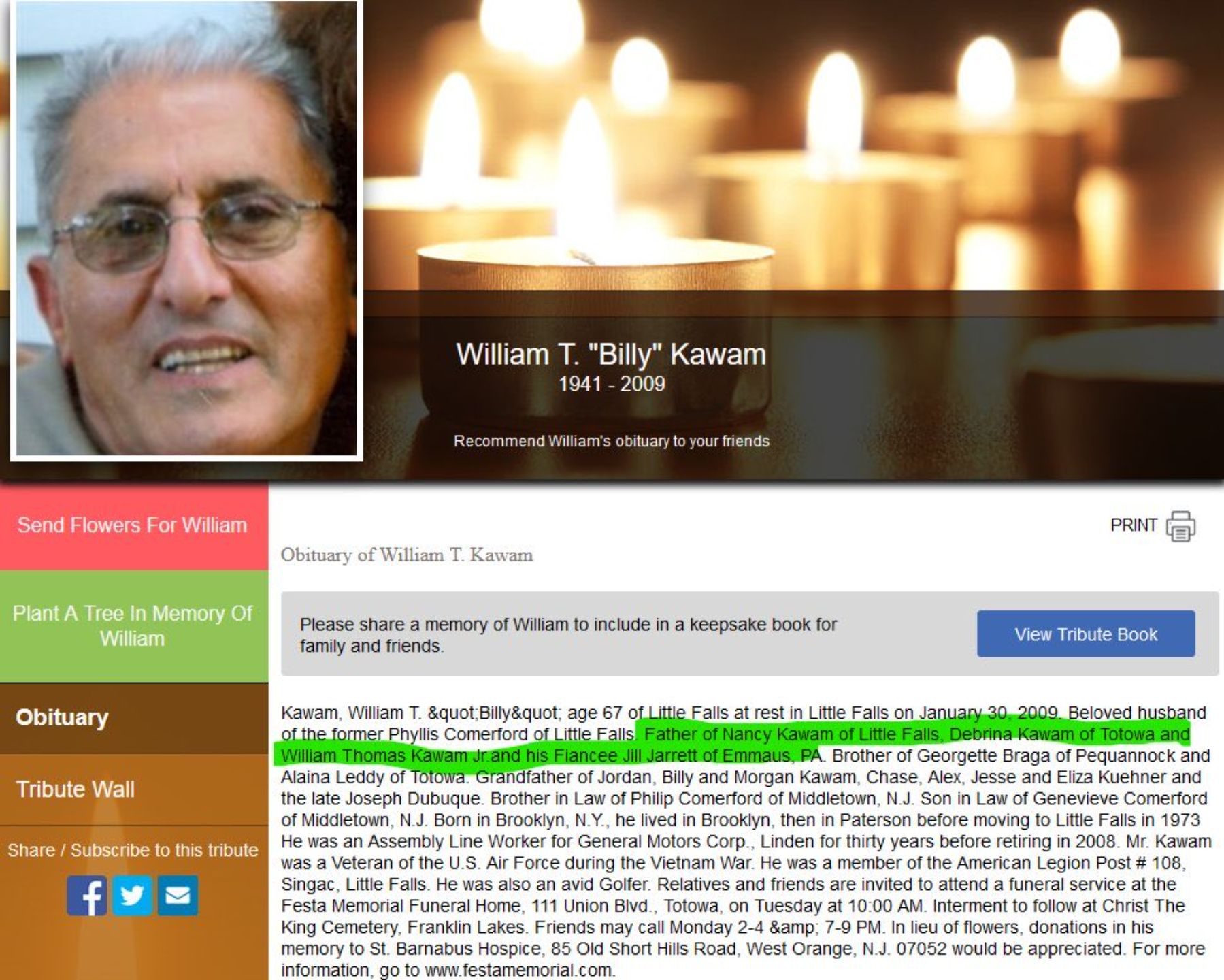Debrina Kawam, a 57-year-old woman from Toms River, New Jersey, was tragically identified as the victim of a horrific subway attack in New York City. She was asleep on a stationary F train at the Coney Island-Stillwell Avenue station in Brooklyn on December 22, 2024, when she was doused in flames.
Authorities confirmed her identity nearly 10 days later using fingerprint analysis and DNA evidence, as her body was unrecognizable due to the extent of her injuries. Kawam, believed to be homeless at the time, had a walker and several bags near her, indicating her vulnerable circumstances.
The victim’s ties to both the NYC shelter system and her residency in Toms River have put the spotlight on the challenging realities of homelessness and displacement that many people face.
Debrina Kawam of Toms River, New Jersey, Is Revealed as the Subway Victim Who was Set on Fire in New York City

Debrina Kawam was born in 1967 and grew up in Little Falls, New Jersey. She graduated from Passaic Valley Regional High School in 1985, where she was known for her lively personality. She was a former cheerleader, voted “most punk” by her classmates, and dreamed of becoming an airline stewardess. Her yearbook picture even joked that her “secret ambition” was “to party forever,” showcasing her fun and carefree nature at the time.

As she got older, Debrina faced many challenges. She struggled with financial problems, including a 2008 bankruptcy and over $10,000 in debts to Atlantic City casinos. She also had trouble with the law, with over 40 minor offenses for stuff like public drinking and trespassing over 20 years. She couldn’t work for a long time due to illness, which made life harder. Despite her difficulties, she cared deeply about her family. After her father passed away in 2009, she wrote a heartfelt message about how much he meant to her and how she wished she had realized it sooner.

By 2024, Debrina was homeless, which made her vulnerable to the tragic attack that ended her life. The attacker, identified as 33-year-old Sebastian Zapeta-Calil, a Guatemalan citizen and undocumented immigrant, allegedly approached Debrina Kawam as she slept and used a lighter to ignite her blanket and clothes. Surveillance footage shows Zapeta fanning the flames with a shirt to intensify the fire.
After committing the act, he calmly exited the train and sat on a nearby bench to observe as Debrina Kawam burned alive. NYPD officers in the vicinity detected the smoke, but by the time they intervened, Kawam was engulfed in flames and pronounced dead at the scene.
Hours after the incident, Zapeta was apprehended on another subway train at Herald Square. Bodycam footage and tips from three high school students who recognized him from released photos led to his arrest.
Zapeta, who carried a lighter in his pocket during his arrest, has been charged with first- and second-degree murder and first-degree arson. He is currently being held as prosecutors pursue charges that could result in a life sentence without parole.
The Tragedy Surrounding Debrina Kawam Has Brought Renewed Concerns About Subway Safety in NYC
A man set a woman on fire while she was sleeping early on a NYC subway on Dec 22, and the victim was later pronounced dead.
The NYPD has arrested a suspect, 33-year-old Sebastian Zapeta, who reportedly entered the US from Guatemala in 2018.
The suspect’s motive remains unclear. pic.twitter.com/p78baHylIx
— Shanghai Daily (@shanghaidaily) December 23, 2024
The attack has reignited public concern about safety in New York City’s mass transit system. Despite overall declines in major crimes across the subway network in 2024, high-profile incidents like Debrina Kawam’s murder call attention to persistent vulnerabilities.
This event follows an increase in subway homicides, with nine reported through November 2024, compared to five during the same period in 2023. The incident also stresses challenges in addressing homelessness on public transportation, as cold weather often drives individuals to seek refuge on trains.
NYPD and city officials have faced criticism over response times and systemic lapses that allowed such a brutal act to occur in a public space. The tragedy also draws attention to the complexities of immigration enforcement, as Zapeta had been deported in 2018 but reentered the U.S. illegally.
As the legal proceedings unfold, the case has spurred conversations about the intersection of mental health, homelessness, and public safety on NYC’s subways.



